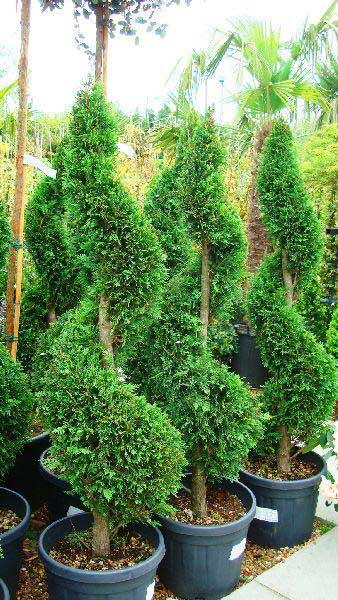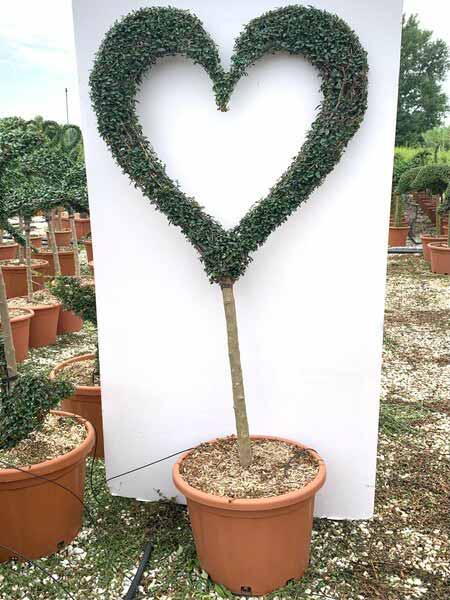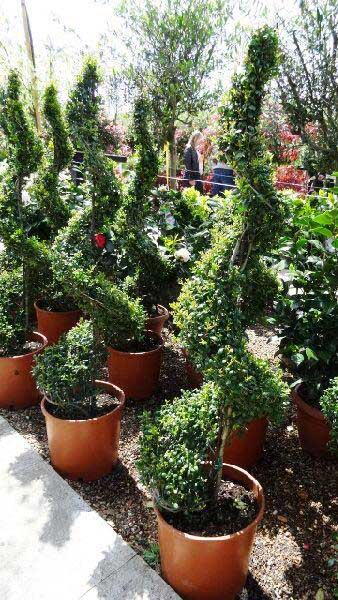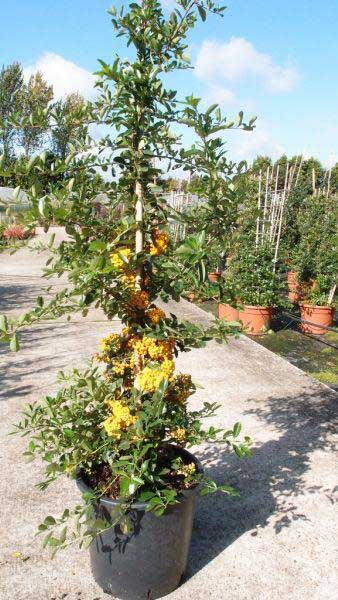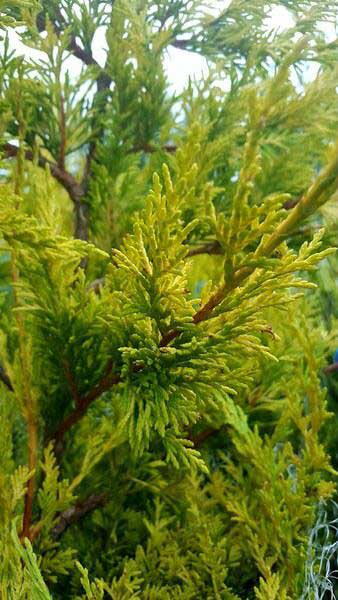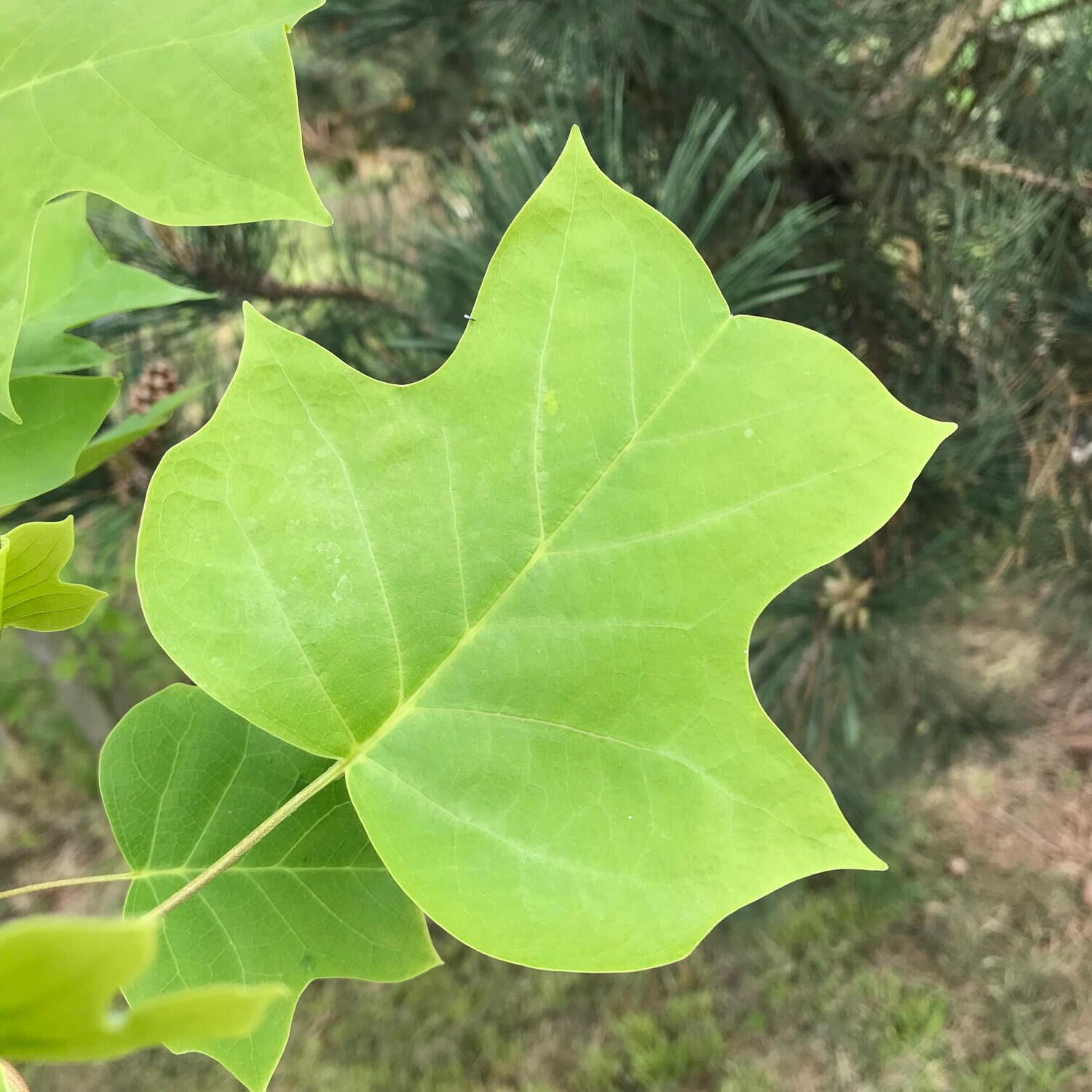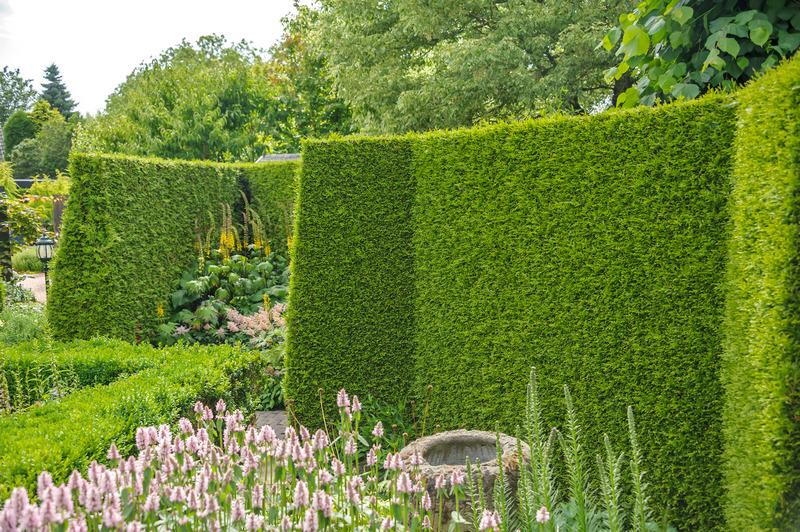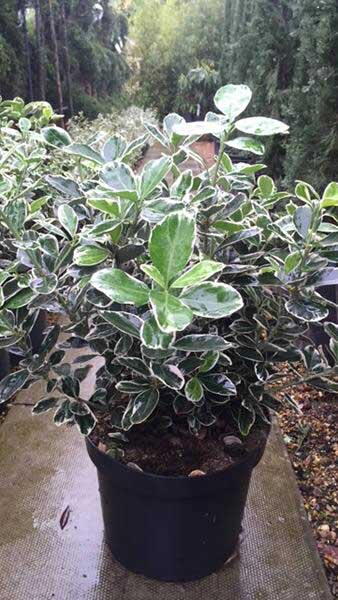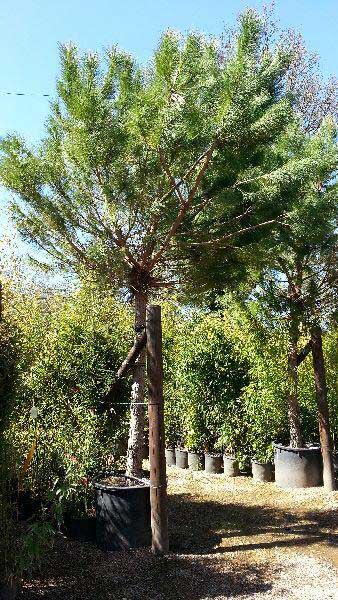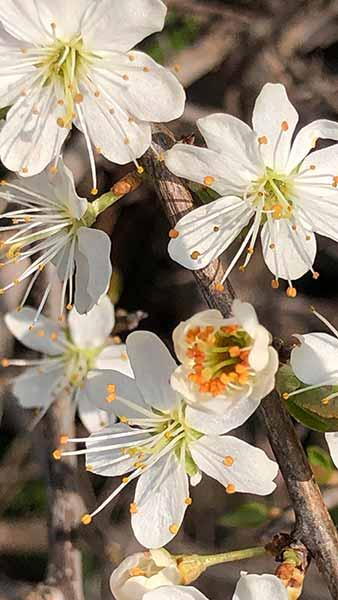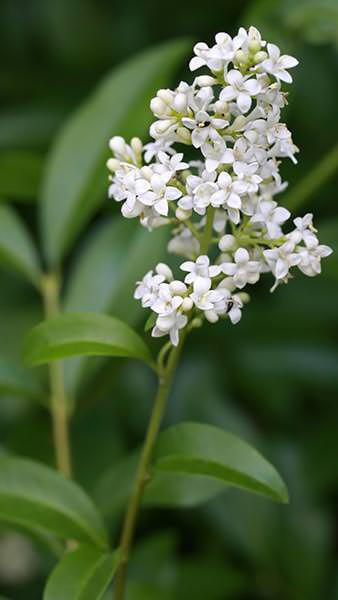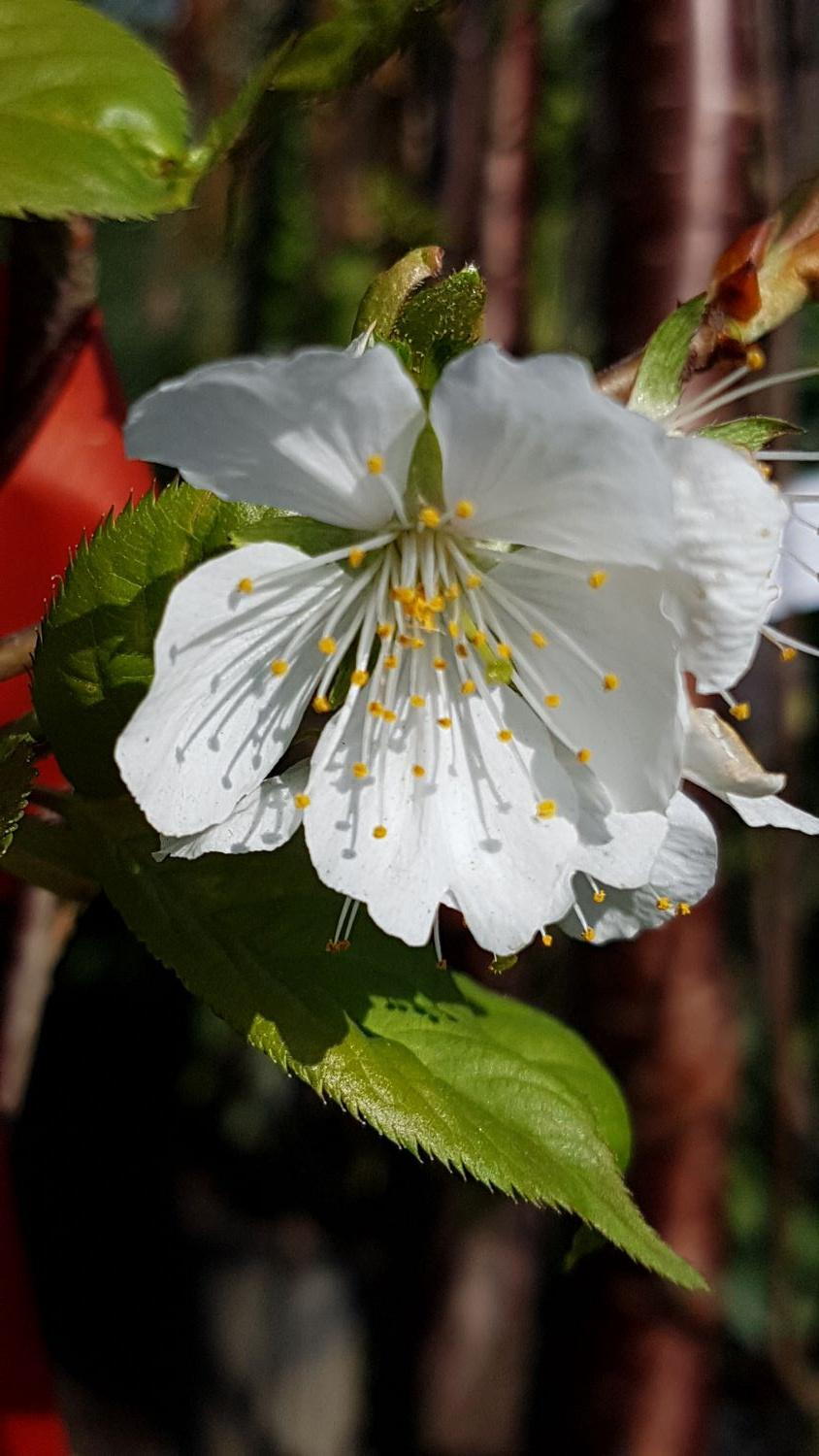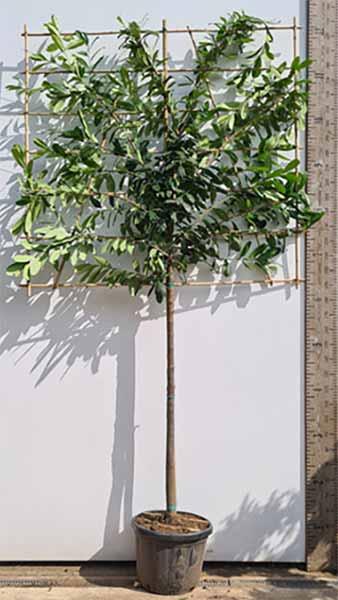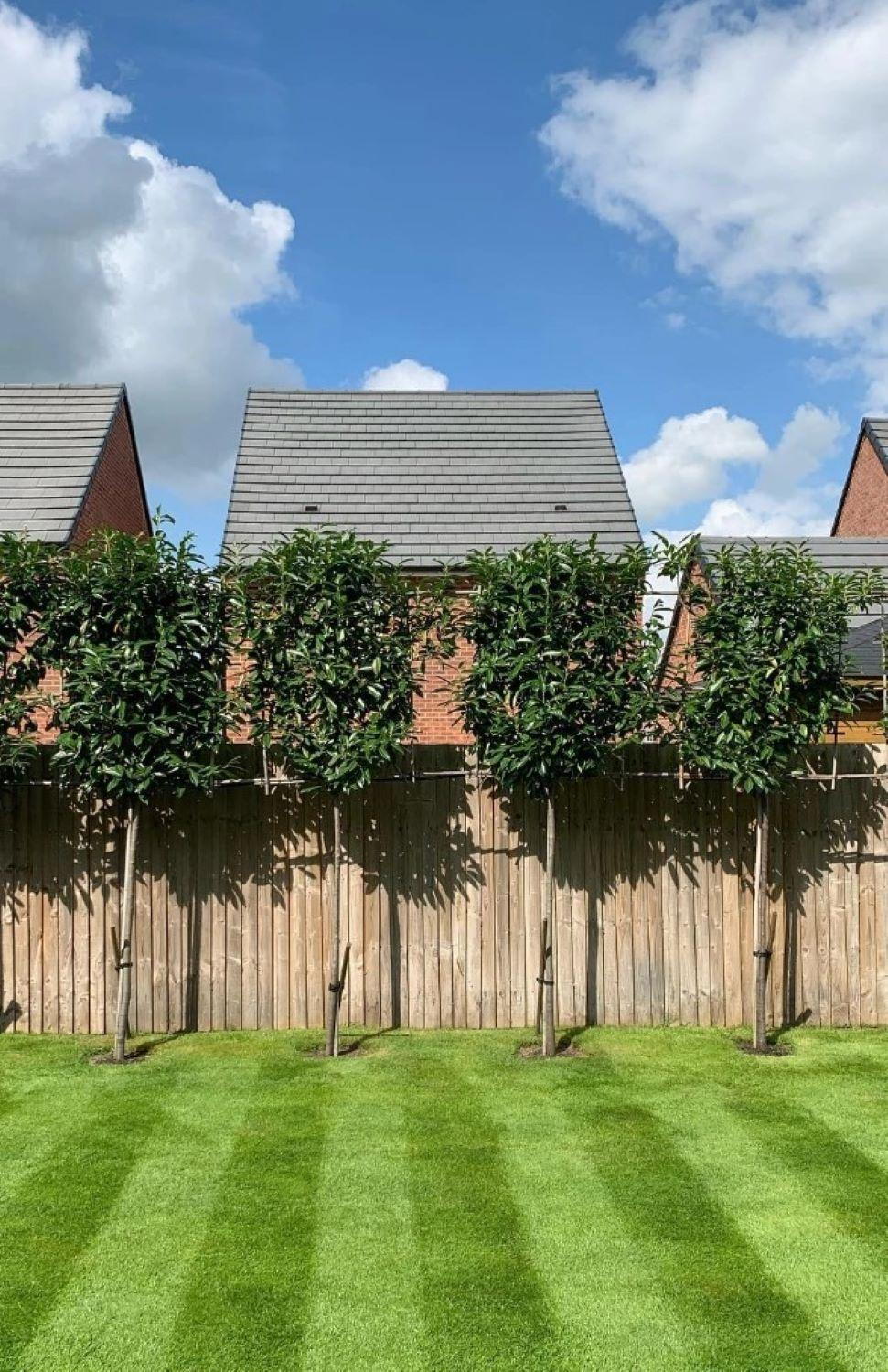Ligustrum Vulgare Wild Privet Common Privet for Hedging
Ligustrum Vulgare, also known as Wild Privet or Common Privet, is a familiar native of our UK hedgerows and woodlands, particularly in areas with chalky soil. Evergreen in all but the most severe climates, this native shrub is well-suited to both formal and informal gardens and has dark green, lance-shaped leaves. In June, the bushes are covered in panicles of small, creamy-white flowers which will attract bees and butterflies to your garden, followed by small, glossy black berries which are ornamental in winter, and provide an excellent food source for wild birds into the autumn and winter. Height and Spread of Ligustrum VulgareCommon Privet will grow at a rate of 20-40 cm a year to a mature height and spread of 2.5-4 metres in 10 to 20 years.How Hardy Is Ligustrum Vulgare?Ligustrum Vulgare is hardy in all of the UK and across northern Europe.How to Use Ligustrum VulgareWild Privet is an excellent hedging shrub for a variety of situations, as its usually dependable evergreen foliage and dense growth habit will make a good privacy screen whether it is pruned to a formal shape or not. Left to flower and fruit, you will find it a welcoming nesting place for birds throughout the year. You can plant a single-species hedge of Common Privet, or use it as part of a mixed informal hedge to add winter interest. It is a good understorey shrub for woodland or wildlife gardens. How to Care for Ligustrum VulgarePlant Common Privet in full sun or partial shade in moist but well-drained sand, chalk, or loam soil with an acid to neutral pH. Once established it is tolerant of dry soil. Depending on how fast you want to create a screening hedge, you can space plants from 3 to 5 per metre, or staggered in a double row with up to 7 per metre. Wild Privet tolerates aerosol salt, making it perfect for use in coastal regions, and as it is also highly tolerant of urban pollution, it is suitable even for inner-city locations. Deer-resistant, Common Privet is a good choice for hedges on country properties. For a formal hedge without flowers or fruit, trim on a monthly basis during the growing season. Ligustrum Vulgare can also be cut right back to the ground for vigorous regrowth with plenty of flowers and fruits for wildlife.This hardy native shrub is a great choice for UK gardens: pruned to a formal shape or left to flower and fruit, it’s the perfect hedge plant!
